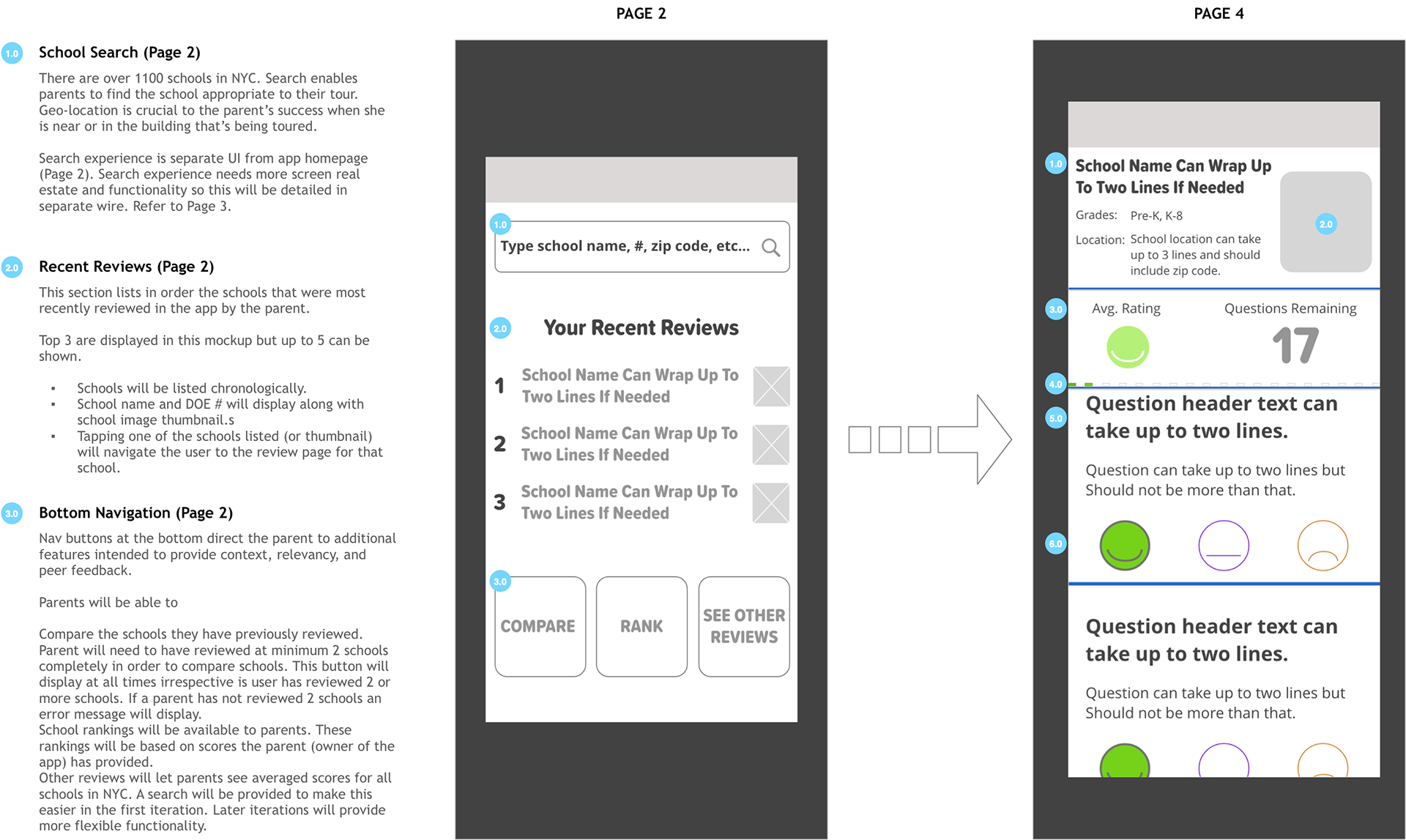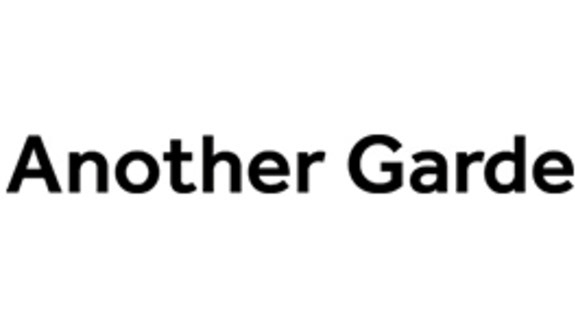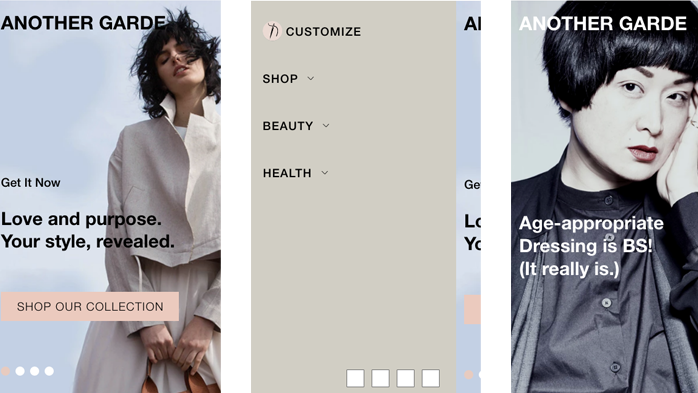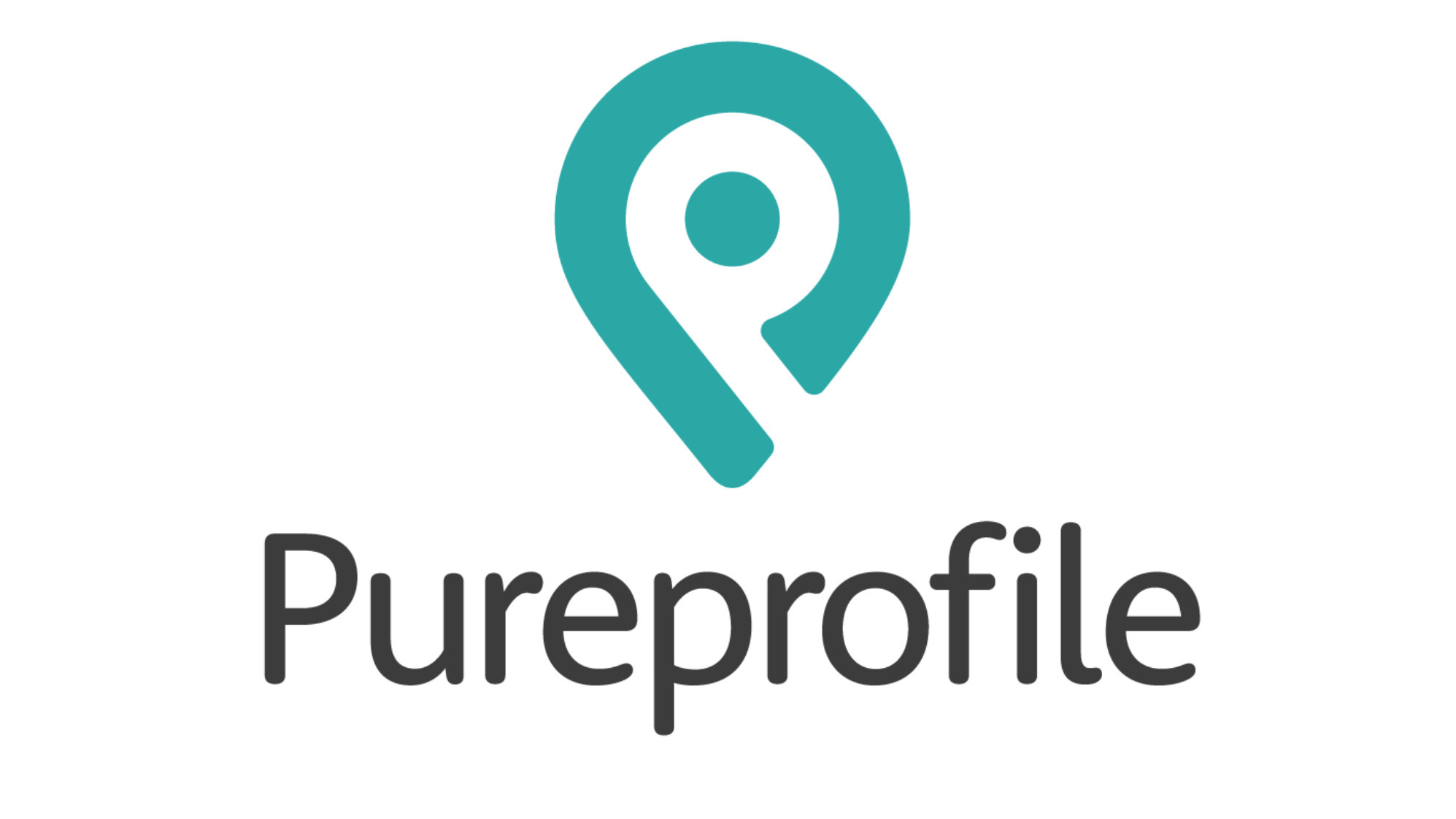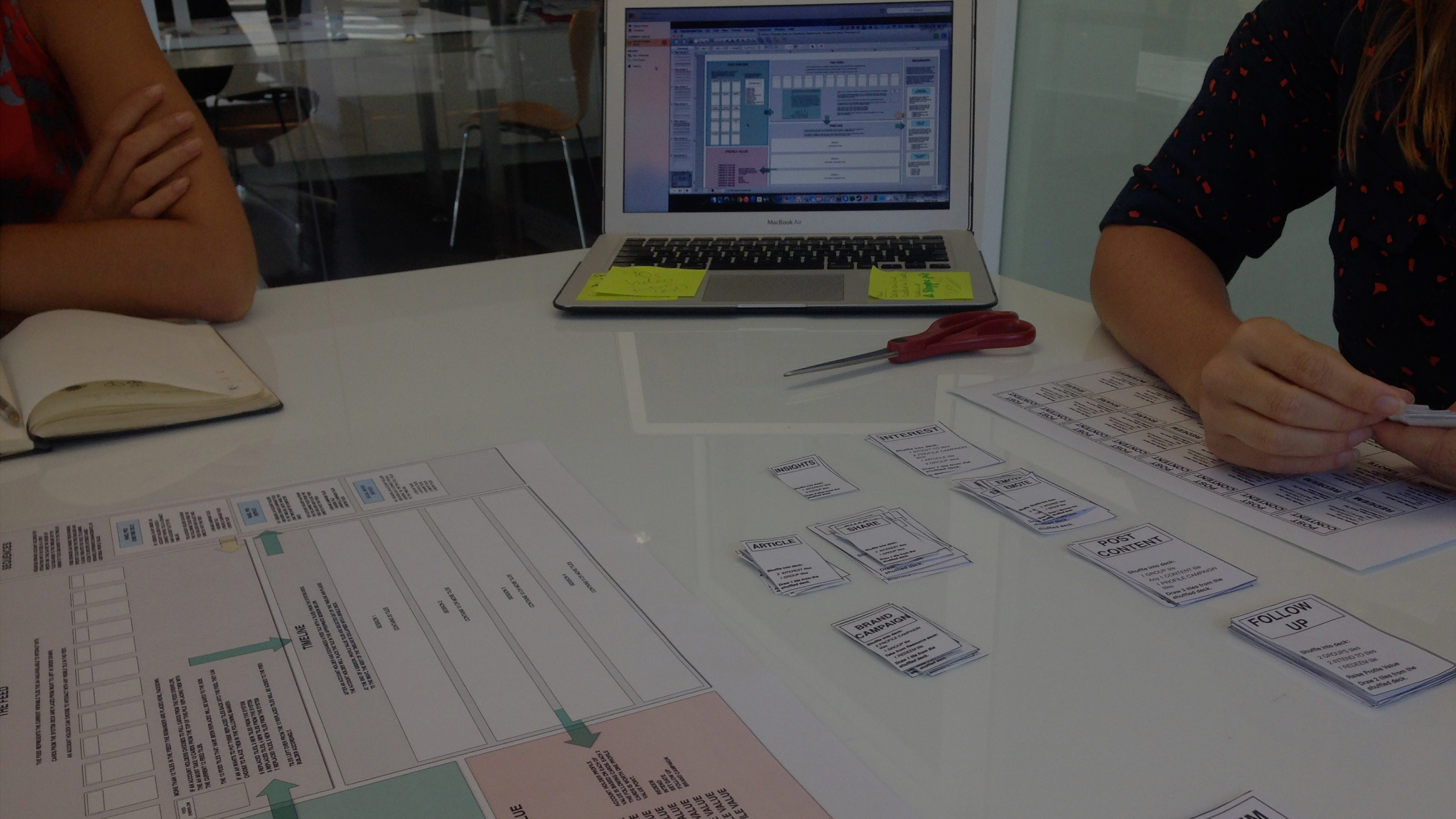
01/ THE CHALLENGE
PUT A MIDDLE SCHOOL EVALUATION TOOL IN THE HANDS OF PARENTS
Evaluating the right middle school program for your child in New York City is not just about location. In NYC, parents in several districts are allowed to express their personal choice for what program is right for their child. They are encouraged to see all schools available in their district and beyond. This comes with its share of challenges. Getting parents up to speed, learning on the fly how middle schools differ and what qualities in programs and facilities to look for necessitates a quick and easy tool that can be carried along through the middle school touring process.
02/ THE APPROACH
WHAT MAKES A GOOD MIDDLE SCHOOL?
Stakeholder interviews & timing:
// Two weeks
// Founder & Executive Director, InsideSchools
// Parent stakeholders across 3 schools in District 3
// Community Education Council, District 3
// School Leadership (Principals & Parent Coordinators at 3 schools across District 3)
// DOE Superintendent & staff (District 3)
I conducted a broad range of interviews in order to gather parent and school communities's needs. What I identified early on was that this app/experience didn't need a top-down approach meaning the solution should not be dictated by schools or the DOE. Allowing these stakeholders to dictate the direction of the execution would lead to an overly bureaucratic solution that required several layers of policy and DOE sign off in order to get off the ground and into parents hands. It also would have included the desire for school promotion assets within the app. This was seen by school leadership as a way to level the playing field between desired schools and undesirable schools.
Nor could this be fully authored and directed by the parents. As is generally the case when there is no product on the market to model from, consumers are generally trying to solution what they need vs. discussing robust requirements.
I decided to turn my interviews into a survey that would drive and identify the top questions and concerns about the middles school process from all parties. The survey was also positioned as the questionnaire framework for the main content on the app.
Once I identified the method for gathering content, I explored the app structure. This needed to be simple to jump into and easy to use while on a school tour.
Because the content in the experience might differ in the order it was spoken about on tour, I hypothesized the app would require a modular way to organize the users thinking so that it was easy to fill in information about the school while the parent was touring.

03/ RESOLVE
VISUAL, EMOTION-BASED NOTE TAKING
During the exploration process, I discovered that compartmentalizing the questionnaire data added a layer of training that became cumbersome to the user. When testing different design solutions, I found that a long-form survey actually preformed better because not all the information was being captured during the tour session. This meant that parents were completing some if not most of the survey while traveling home or to with next tour.
This triggered a what in the UX industry would be a no-no to have a long form survey. Our training shows us that this would bounce a user immediately. But in this case, the users were generally not as tech savvy as we'd like, and gave us a foundation to optimize the experience.
The efficiency that was gained through the research was using emojis as a method for capturing emotions. These emojis served all stakeholders effectively removing any harsh verbal judgement in the data. What I needed to remember is that these stakeholders were not looking to conquer amazon or some digital disruptor. Their primary goal as parent, school and district stakeholders was finding a digital companion that could log their feedback, provide a quick review of their progress, and deliver some usable data to InsideSchools for their school reviews.
